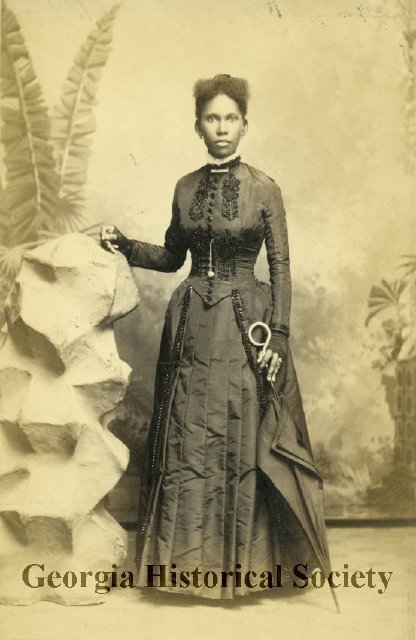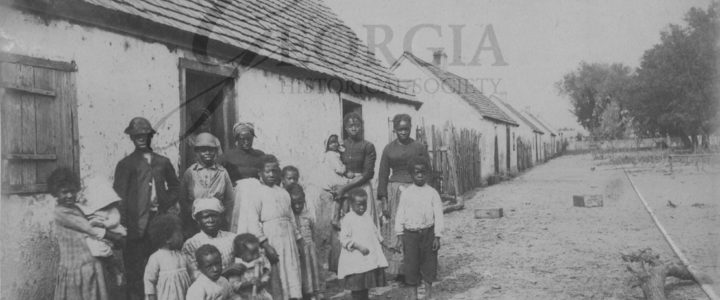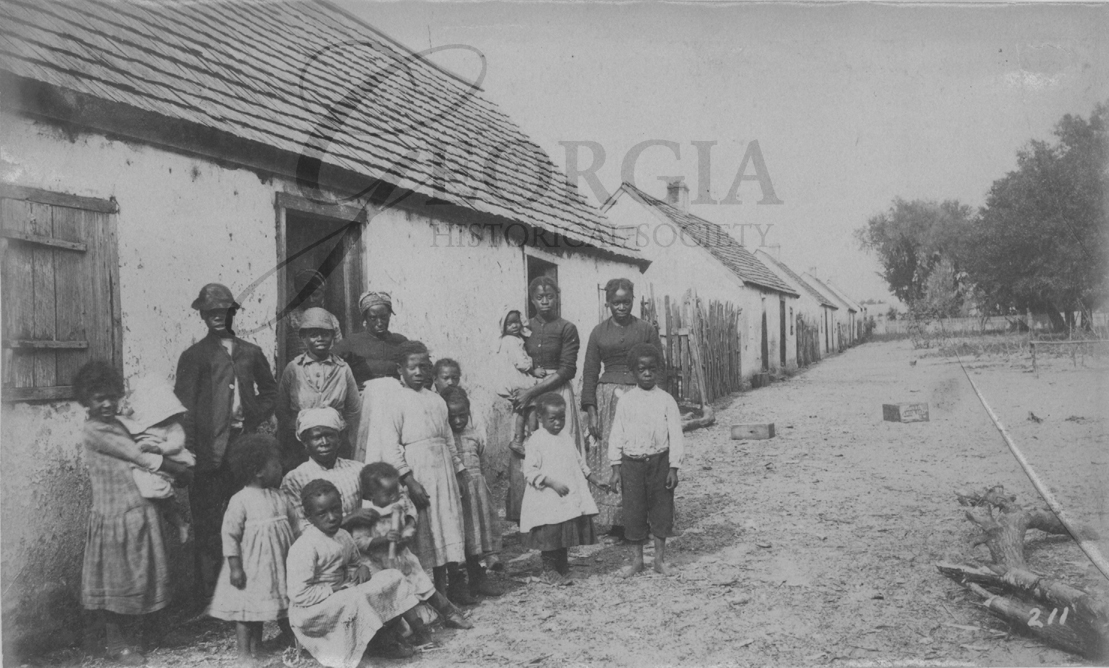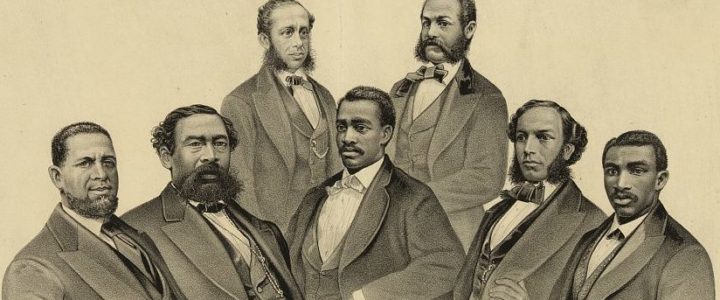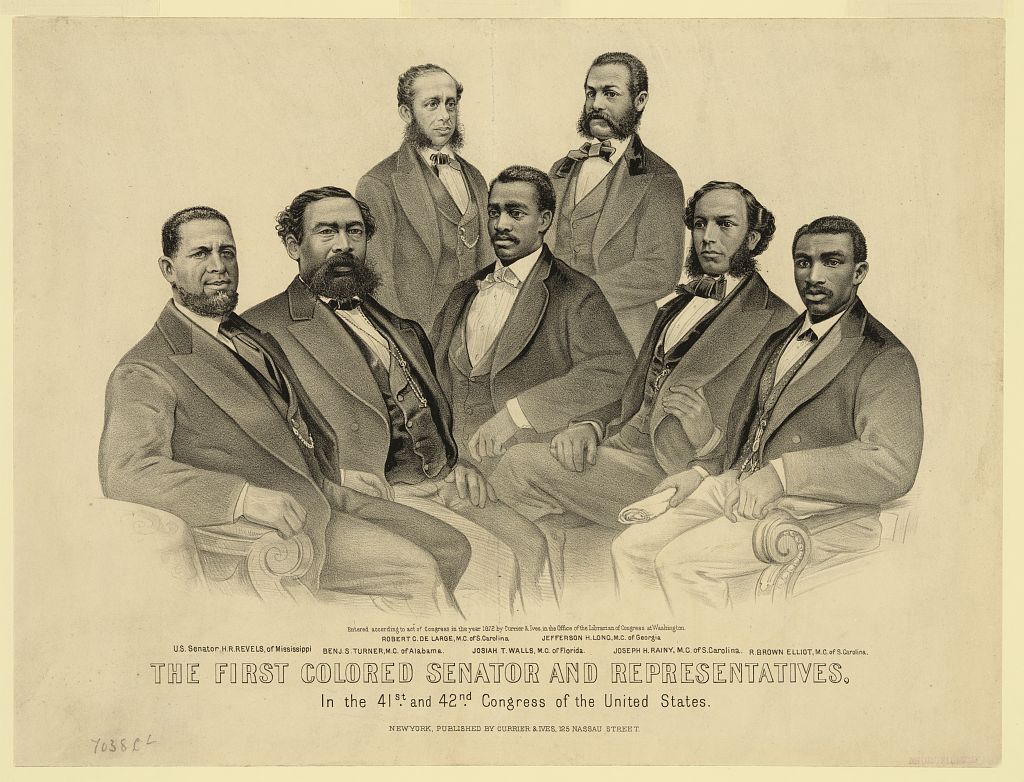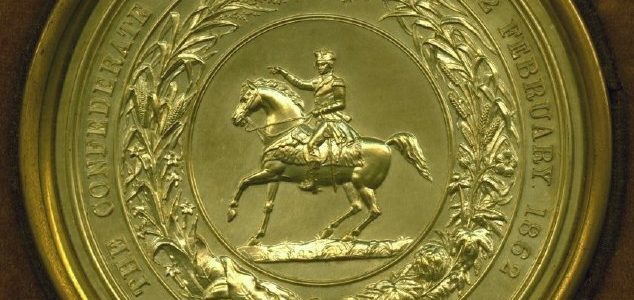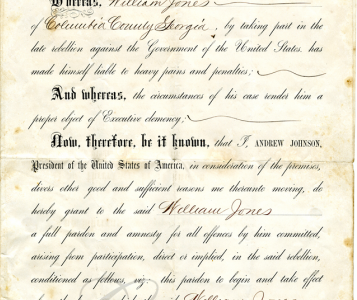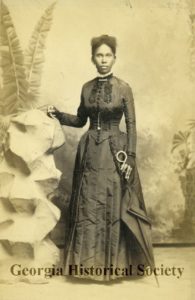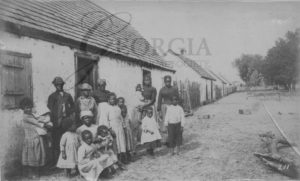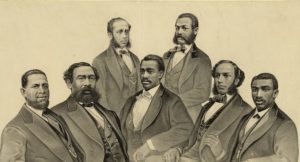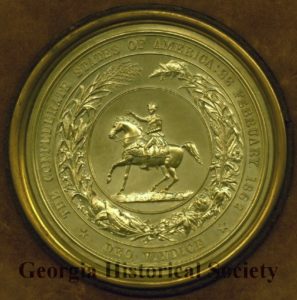This source is particularly interesting, because it demonstrates the complications of archival research. This image, originally believed to be a portrait of Matilda Beasley, manager of the Sacred Heart Orphanage. Beasley was born enslaved, became free, and moved to Savannah, where she became a teacher to enslaved children, got married to a free black man, and led a devoutly Catholic life. Beasley is extremely famous in Savannah history, yet the woman in the picture is most likely of Josephine Beasley, wife of Abram Beasley who was a child of Mathilda’s husband. Based on the style of clothing and hair the image is thought to be circa 1890, when Matilda would have been 71 years old.
